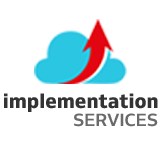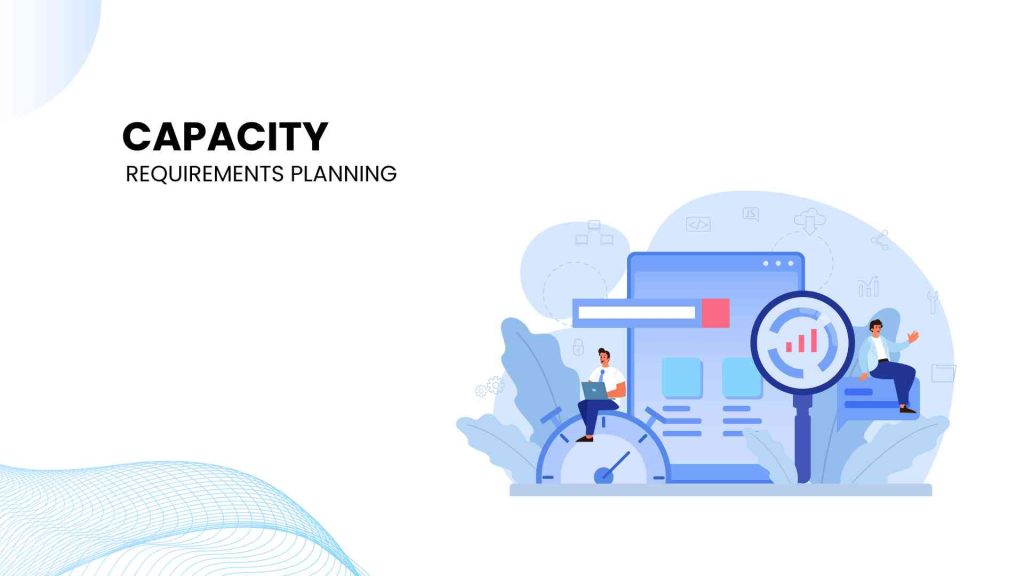In a competitive business environment, efficient operations are critical to success. Whether you’re running a manufacturing facility, a distribution center, or an IT department, the ability to accurately anticipate and meet capacity requirements is essential. It is where Capacity Requirements Planning (CRP) comes into play. We explore the concept of CRP, its importance, and how it can help organizations optimize their resources and ensure smooth operations.
Capacity Requirements Planning, often called CRP, is a strategic process organizations use to determine the resources needed to meet their production or service delivery demands. These resources include workforce, machinery, equipment, workspace, raw materials, and more. CRP is an integral part of the broader Operations Management discipline and is vital in aligning an organization’s capacity with its demand.
In simple terms, CRP helps answer the following questions:
- What resources do we need? CRP helps identify the resources required to meet production or service delivery targets. For example, manufacturing might involve determining how many machines, labor hours, and materials are needed to produce a certain number of units.
- When do we need them? CRP consists of creating a timeline for when these resources must be available. This timeline is often synchronized with the production schedule to ensure that resources are available when required, avoiding bottlenecks and delays.
- How can we ensure resource availability? CRP also includes strategies for resource allocation and management. Depending on the organization’s goals and constraints, it may involve adjusting work schedules, outsourcing, or investing in additional capacity.
- What are the cost implications? Understanding the cost of meeting capacity requirements is a crucial aspect of CRP. It allows firms to make decisions about resource allocation and budgeting.
The Importance of Capacity Requirements Planning
Capacity Requirements Planning is not a new concept, but its importance has grown significantly in recent years due to several factors:
Market Volatility
Global markets are increasingly volatile, with demand fluctuations driven by economic conditions, consumer preferences, and geopolitical events. CRP helps organizations adapt to these fluctuations by ensuring they have the suitable capacity to respond quickly to changing market conditions.
Resource Optimization
Optimizing their usage is paramount when resources are often limited and expensive. CRP enables organizations to allocate resources efficiently, reducing waste and maximizing productivity. It, in turn, contributes to cost savings and improved profitability.
Customer Satisfaction
Meeting customer demand on time is critical for customer satisfaction and retention. CRP ensures that organizations can fulfill customer orders promptly, enhancing their reputation and competitiveness in the market.
Competitive Advantage
Companies that consistently meet capacity requirements and deliver products or services on time gain a competitive edge. CRP allows organizations to stay ahead of the competition by being agile and responsive to changing market dynamics.
Risk Mitigation
CRP also plays a crucial role in risk management. By anticipating potential capacity shortages or excesses, organizations can proactively handle problems before they become influential problems, reducing operational risks.
Implementing Capacity Requirements Planning
Implementing CRP requires careful planning and coordination across various departments within an organization. Here are some critical steps to consider:
- Gather Data: Collect historical data on demand patterns, production or service delivery times, and resource utilization. This data serves as the foundation for capacity planning.
- Forecast Demand: Utilize demand forecasting techniques to predict future demand for your products or services. Accurate demand forecasts are essential for effective CRP.
- Identify Resource Constraints: Assess your organization’s existing capacity and identify any resource constraints or bottlenecks that may impact your ability to meet demand.
- Create a Capacity Plan: Develop a comprehensive capacity plan outlining the resources needed, timing, and associated costs. This plan should align with your demand forecasts and business goals.
- Resource Allocation: Allocate resources based on the capacity plan. It may involve adjusting work schedules, hiring additional staff, investing in new equipment, or outsourcing specific tasks.
- Monitoring and Adjustments: Continuously compare your capacity utilization to your plan. Be prepared to make adjustments as needed to ensure you stay on track.
- Communication and Collaboration: Influential communication and collaboration among departments, such as production, logistics, and finance, are crucial for successful CRP implementation.
- Invest in Technology: Consider using specialized software or ERP systems to streamline the CRP process and improve accuracy.
Capacity Requirements Planning is vital for organizations seeking to thrive in today’s dynamic business environment. Organizations can optimize resources, reduce costs, enhance customer satisfaction, and gain a competitive edge by understanding their capacity needs. CRP remains a critical strategic element in ensuring smooth operations and sustainable growth as market conditions evolve. Embracing CRP as an integral part of your organization’s operational strategy is a step towards building resilience and success in an ever-changing world. Contact us for a customized ERP solution.

Vijay comes with a vast experience in ERP and enterprise solutions space with about 20 years of experience in various packaged application like Acumatica, SAP, Orion, Salesforce.com, SugarCRM and, SalesLogix.
















